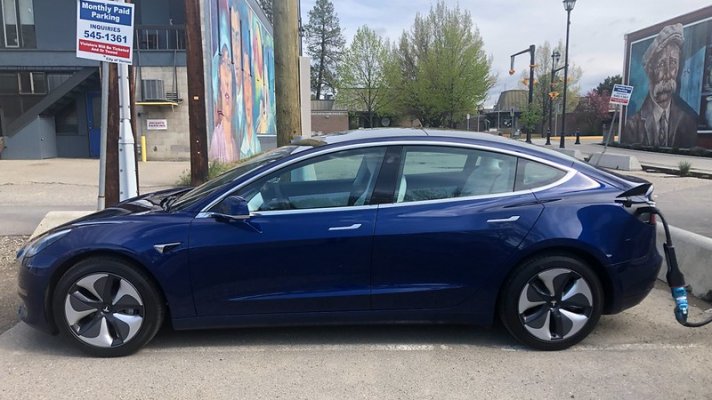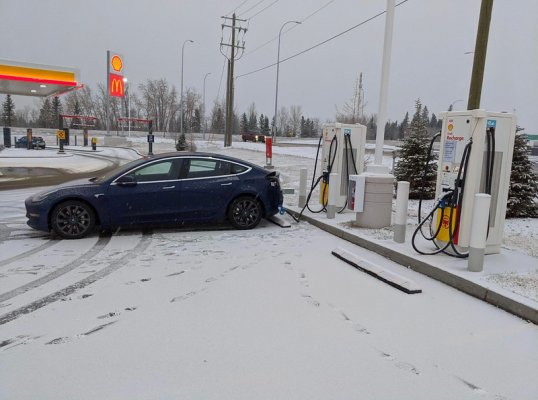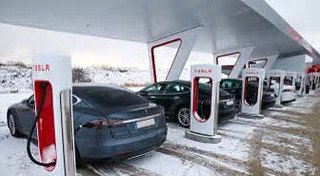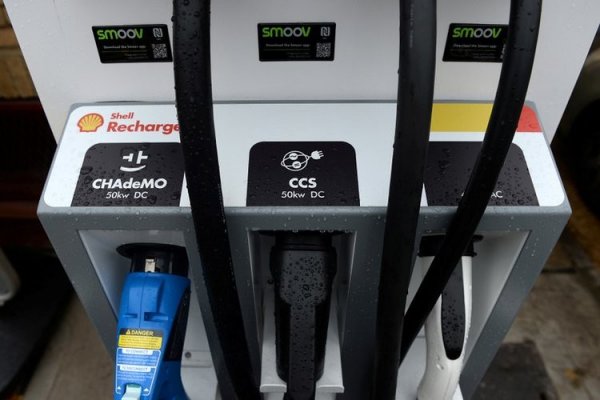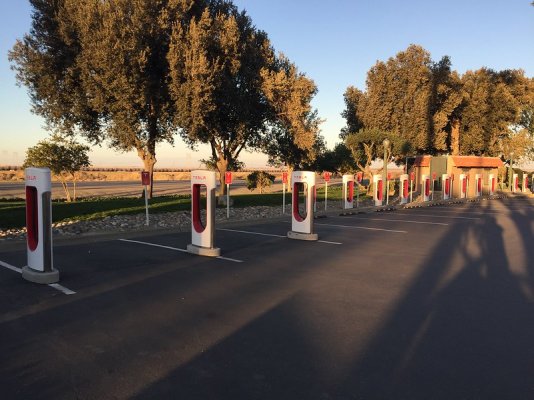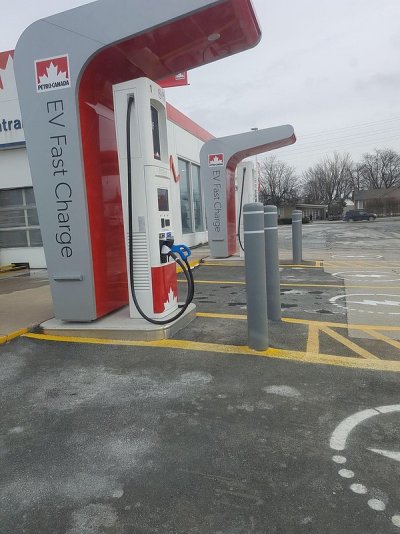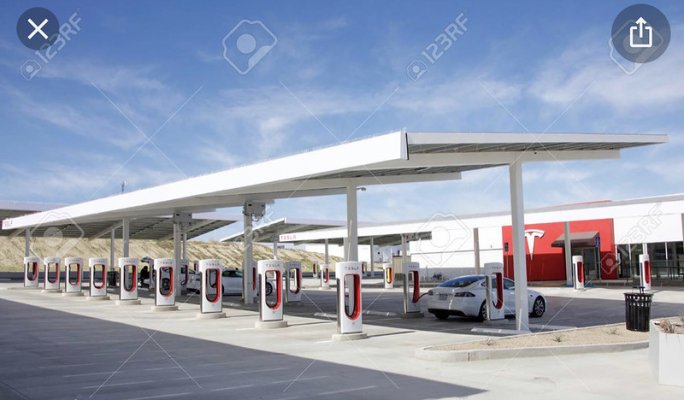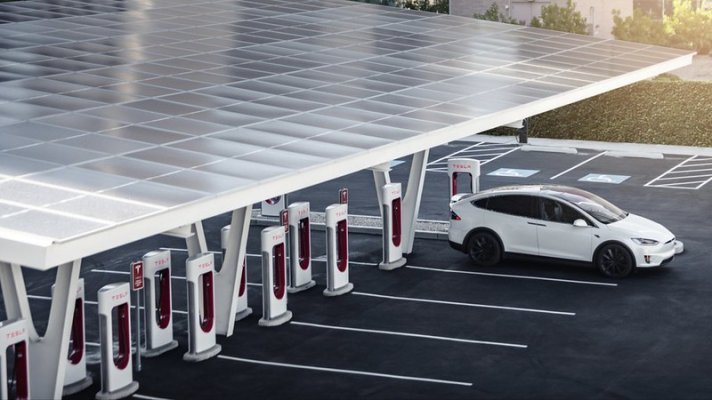Lynx0849 said:My puzzle is if I want to go 400 miles in a day and the range (accounting for terrain and cargo in the car) is less than 400, I have to stop and wait for a charge. I am ignorant of charge times but it seems it might take hours not minutes like at a gas station.
So, if my trip is 1600 miles (MA to Chicago) then I either have to have 4 very long days, or make it 5 days with an extra overnight?
Good morning Lynx. I'll give you our experience with that kind of trip as it is roughly close to what we do. In kilometres, 400 miles is about 600 km. Our car has an EPA range of 518 KM but we live in a mountainous region so best to count on about 450 KM. So I'll preface this with a statement. We don't stop to charge, we charge while we are stopped. For us that kind of trip is typically a 3 stop trip. And every stop you take 5 seconds to hook to a supercharger or occasionally a public Chademo or whatever is available. Heads up, Charging infrastructure is good in the places we travel. From what I understand that is not the case everywhere. I would suspect EV ownership is lower in those areas for that reason.
First stop after 2.5 to 3 hours on the road for a 10 to 15 minute walk of the dog, pee and maybe a refill of the coffee cup.
Second stop is usually lunch a couple hours later. Maybe 20 or 25 minutes as we bring our own lunch in a 12 volt cooler. We don't like to go into a restaurant as we would have to leave the dog in the car.
Third stop is usually like the first stop. Dog walk, pee and definitely a coffee cup refill so 10 to 15 minutes.
End of day is in a hotel with destination charger and a continental breakfast so car is full in the morning. Rinse and repeat.
Essentially no extra time required for charging, no gas stops, no gas stations and the trip takes no longer than when we did the trip in a Jeep Grand Cherokee. I recommend to anyone if thinking about buying an EV they do their homework regarding this. Don't look at infrastructure where you live, look at infrastructure where you travel. Where you live is irrelevant as 95 percent of the charging you do will be in your driveway or garage.
Typically road trip travel for us is about 20 percent of the cost it was in our Jeep Grand Cherokee. Cost for the EV was probably 20 percent more though. Our main reasons for buying was not economics based. Performance and convenience rated higher.
And one more thing, not a Tesla pump but at least for the moment its mostly just Teslas that are suited to long road trips both because of range and the Supercharger network. This is however changing quickly with the various companies like FLO, Chargepoint, EVGO, Electrify America/Canada, Shell and PetroCanada building out their public charging networks. In europe the public networks are already surpassing the Tesla network, but remember, Teslas can use the public networks but non Teslas can't use the Tesla network. The present advantage of the Tesla network is the speed and the automatic billing. No credit cards or RFID cards etc. Just hook up, the car transmits its serial number to the network and you are charging. Billing is direct to your credit card on file.
Hope that helps. An EV is not suited to every ones lifestyle but it works very well for some.
Cheers.

